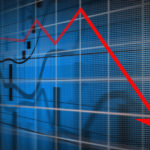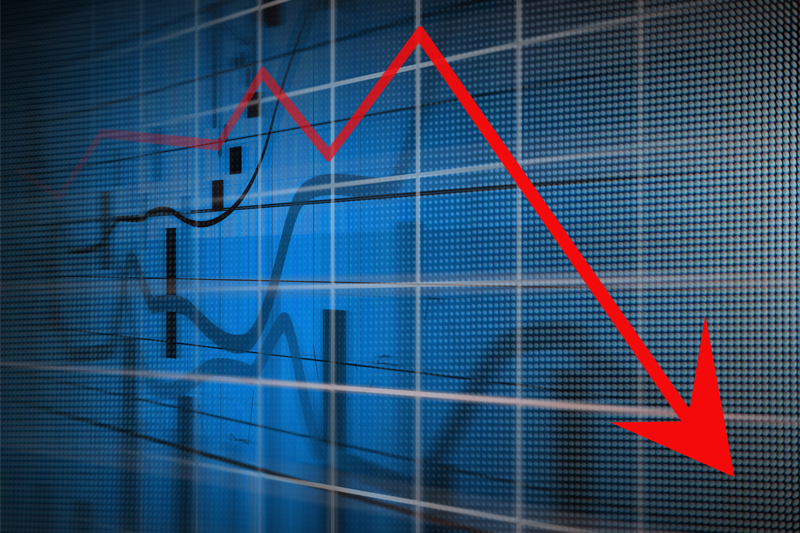Neil Pattemore assesses the future for diesel engines in the wake of the VW ‘Dieselgate’ scandal.
One of the (few) advantages of getting older is that you live long enough to see prophecies come true. One such prophecy came from an engineer at Perkins Technology who once told me that, “when vehicle manufacturers spend as much money on developing diesel engines as they have spent developing petrol engines, we will all be driving diesels”. With the advent of electronically-controlled injection and especially with common rail injection systems, this prophecy was increasingly becoming true. Then the VW ‘Dieselgate’ scandal happened.
At the moment, the automotive industry in Europe is beginning to suffer from a self- inflicted dilemma, which has been difficult to see (in every sense of the word) until recently, and has now become an industry ‘game changer’. The issue is focused on diesel engine vehicles, or to be more specific, particulate and NOx emissions.
It is quite simple – the modern diesel engine was becoming noticeably more desirable. This was driven not only by significantly increased refinement, performance and economy, but also through regular backing from governmental incentives. The emission levels were increasingly reduced to meet ever tightening emission legislation and the public perception was that diesel engine vehicles were not just a viable alternative to petrol engines, but were also perceived as having ‘cleaned up their act’.
Against this rising demand, many vehicle manufacturers invested heavily in developing better diesel engines with lower emission levels which just further fed the demand – everyone was happy, until the VW scandal broke. Meanwhile, the latest Euro 6 legislation imposed a reduction on NOx, but in doing so, further increased the costs of meeting these emission regulations. This makes diesel engine vehicles more expensive to manufacture and sell, making them less attractive, which in turn reduces their production volumes. This further increased costs and selling prices, so a sales volume plateau needed to be reached, which has now developed into a marked decline.

From the consumer’s perspective, the appeal of diesel is still strong, but the worry about declining future resale values (which also underpins the monthly contract costs with a forecasted final value) is also pushing up the cost to lease/contract hire new vehicles, together with a certain ‘environmental responsibility’ concern.
The problem is made worse by weak roadworthiness (MOT) testing that cannot reliably identify if the diesel particulate filter (DPF) has been removed. This is a particular problem in cities, where the pollution levels are at their highest, and therefore where many DPFs clog and have to be removed, ultimately creating a vicious circle. The issue of DPF removal will only get worse as the costs of repairing Euro 5/6 emission systems impacts ageing vehicles.
As a consequence, consumers are now looking at alternative power trains, which might be petrol, but are increasingly hybrid or pure electric – in both cases presenting less service work for the aftermarket.
However, in reality, some of the new high power, small capacity petrol engines are producing higher levels of particulates and NOx than some diesels, but this information has yet to be publicly released. Against the background of the VW scandal, the European Commission has sped up the revision of the vehicle type approval legislation, partly to address the issue, but equally, to ensure that it is seen as having robust legislation in place to address the criticisms that had been levelled against it for not having the necessary measures in place beforehand.
Bizarrely, the European Commission bowed to vehicle manufacturers’ pressure and allowed double the agreed Euro 6 limits until 2021, thereafter becoming 1.5 times the limit. No one seemed to ask why the same vehicles can comply with similar limits in North America but could not do so in Europe! On the other side, there is increasing pressure to have emission related replacement parts type approved to ensure that they do not compromise the emissions limits, but again, the fact that the basis of Euro 6 vehicle MOT emission testing is to use the vehicle’s OBD system to detect an underperforming replacement part seems to have alluded them.
So where is all this leading for you and your aftermarket business?
For now, diesels are likely to remain a substantial part of your business, or even an area that you specialise in. However, the rejection of diesel on the grounds of both its effect on air quality and its increasing price will start a downward trend which is only going to gain momentum. This will be exacerbated by the increasing cost of some replacement parts, whilst the breadth of choice will decrease.
At the same time, the volume of hybrid and electric vehicles will rise, reducing their costs and fuelling (excuse the pun) even greater volumes. This increasing volume, supported by the growing infrastructure of fast charging points, has started to alleviate the initial price and ‘range anxiety’ issues.
In the wake of the diesel decline, an upsurge of the latest generation petrol engines is not a great threat. However, what should be of more serious concern is a switch to hybrid and electrically powered vehicles. This is not going to happen overnight, but start thinking about what you will need in order to accommodate this type of vehicle (specialist training and tools) and how to attract these new customers into your workshop. Thankfully, the Euro 5 legislation, by supporting your access to the necessary repair and maintenance information, enables you to work on this new incoming technology – it looks like our ever adaptable industry will live on after the decline of diesel!











